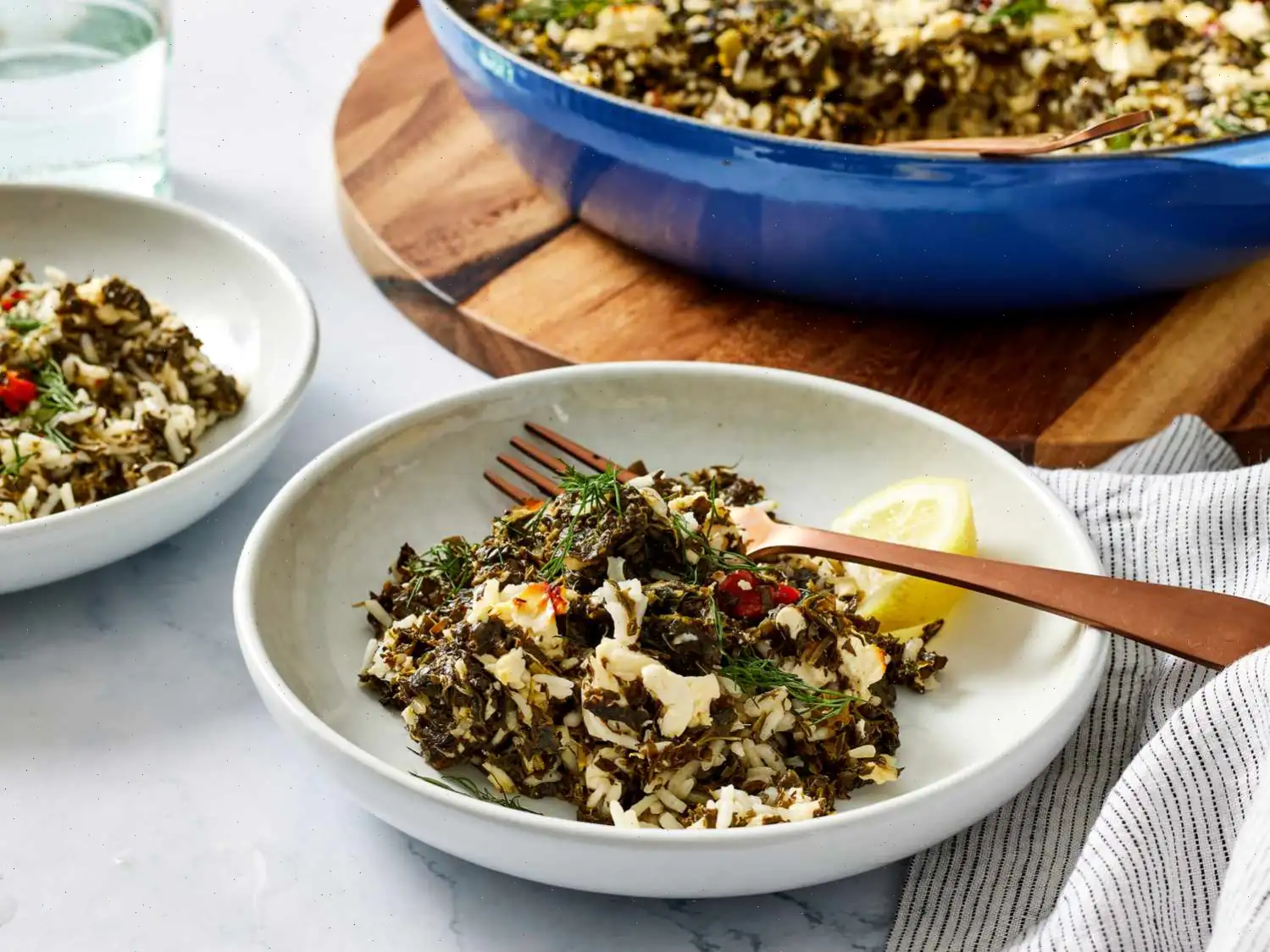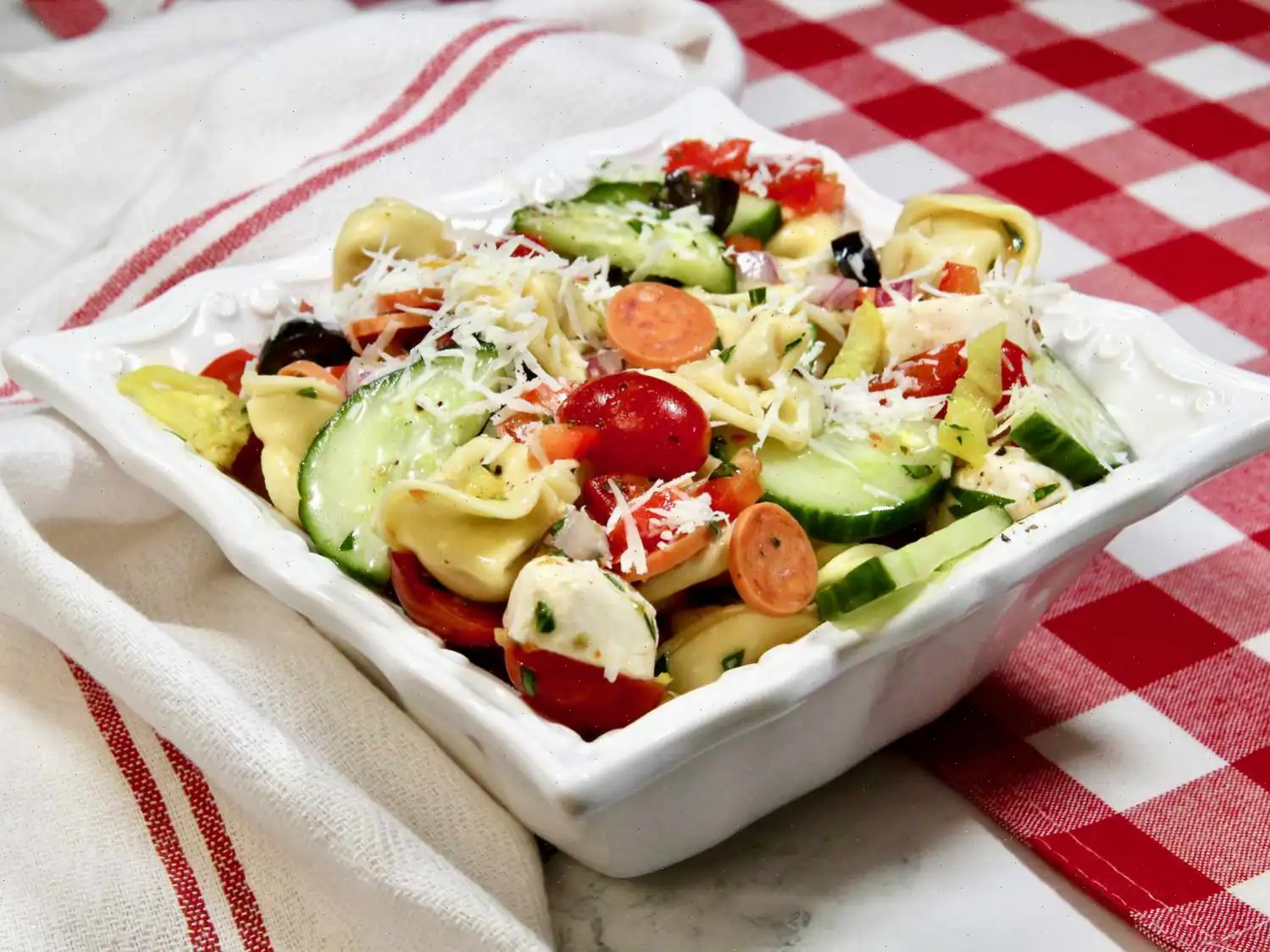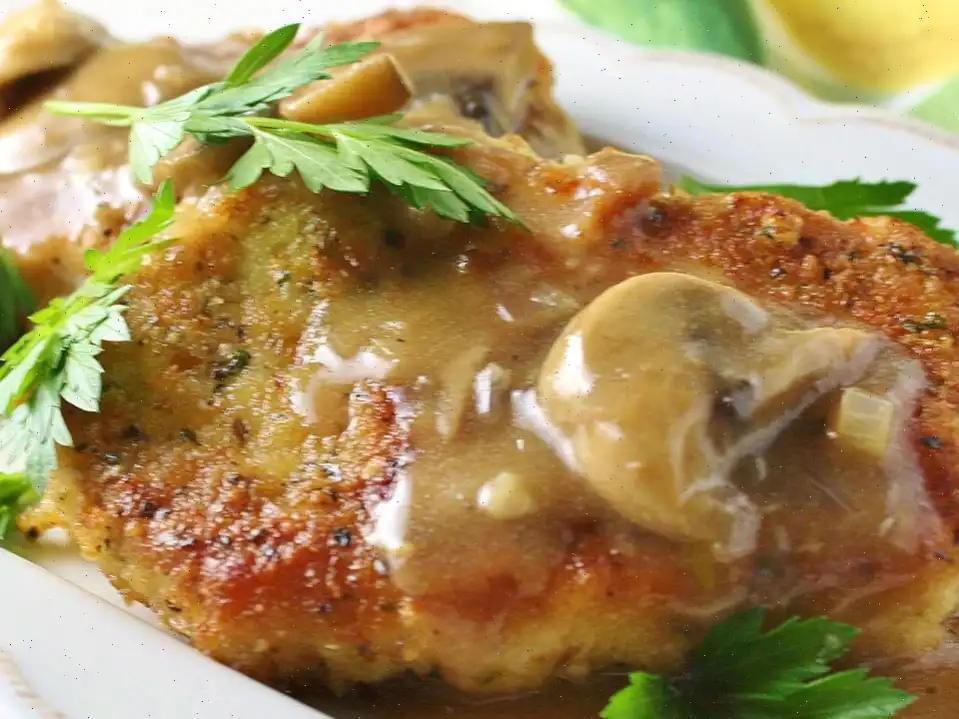
Greek Turkey Meatballs Recipe
Servings: 4
Ingredients
- 1 pound ground turkey
- 2 ounces feta cheese, drained and finely crumbled
- 1/2 cup seasoned breadcrumbs
- 2 tablespoons olive oil
- 2 tablespoons finely chopped red onion
- 2 tablespoons finely chopped fresh mint
- 1 tablespoon finely chopped fresh oregano, plus oregano leaves for garnish
- 1 tablespoon finely chopped fresh flat-leaf parsley
- 3/4 teaspoon kosher salt
- 1/2 teaspoon freshly ground black pepper
- 1/2 teaspoon garlic powder
- 1/2 teaspoon ground cumin
- 1/2 teaspoon lemon zest, plus lemon wedges for serving
- 1/4 teaspoon crushed red pepper
- 1 large egg
- Nonstick cooking spray
Directions
Step 1: Preheat the oven by setting a rack about 6 inches from the heat source and activating the broiler. Line a large rimmed baking sheet with aluminum foil and lightly spray it with nonstick cooking spray.
Step 2: In a large mixing bowl, combine the ground turkey, feta cheese, breadcrumbs, olive oil, red onion, mint, oregano, parsley, salt, black pepper, garlic powder, cumin, lemon zest, crushed red pepper, and the egg. Stir gently to blend all ingredients thoroughly.
Step 3: Using a cookie scoop or a tablespoon, shape the mixture into 24 small meatballs, each weighing about 1 ounce. Arrange the meatballs in a single layer on the prepared baking sheet.
Step 4: Lightly spray the top of each meatball with more nonstick cooking spray for a crispy texture.
Step 5: Place the baking sheet under the broiler and cook for 8 to 10 minutes, or until the meatballs are golden brown on top. To ensure even cooking, rotate the baking sheet from front to back halfway through the broiling time. Use an instant-read thermometer to check that the internal temperature of the meatballs has reached 165F (74C).
Step 6: Once done, remove the meatballs from the oven. Garnish with fresh oregano leaves and serve immediately with lemon wedges on the side for a refreshing burst of flavor.
Nutrition Facts (per serving)
- Calories: 473
- Total Fat: 32g (41% DV)
- Saturated Fat: 9g (44% DV)
- Cholesterol: 179mg (60% DV)
- Sodium: 683mg (30% DV)
- Total Carbohydrate: 13g (5% DV)
- Dietary Fiber: 1g (4% DV)
- Total Sugars: 2g
- Protein: 35g (69% DV)
- Vitamin C: 4mg (4% DV)
- Calcium: 173mg (13% DV)
- Iron: 4mg (22% DV)
- Potassium: 417mg (9% DV)
*Percent Daily Values are based on a 2,000 calorie diet. Your daily values may be higher or lower depending on your calorie needs.

The History of Greek Turkey Meatballs
Greek turkey meatballs, or Keftedes, trace their roots back to ancient Greece, where minced meat dishes were a staple of both everyday and festive cuisine. Traditionally made with lamb or beef, Greek cooks often flavored meatballs with aromatic herbs like mint, oregano, and parsley, reflecting the abundant Mediterranean flora. Over time, the dish evolved to include lighter meats such as turkey, catering to modern tastes while preserving the original Greek essence of herb-forward seasoning and the use of ingredients like feta cheese and lemon zest.
Regional Variations and Characteristics
Across Greece, meatball recipes vary slightly by region. In northern Greece, meatballs tend to be larger and are often cooked with tomato-based sauces. In the Cyclades, herbs such as mint and oregano are used generously, and feta cheese is a common addition, adding a tangy richness. Some islands even incorporate breadcrumbs soaked in milk to create a lighter, tender texture. The use of turkey is a contemporary adaptation, reflecting health-conscious choices without sacrificing traditional flavors.
Distinguishing Features from Similar Dishes
While meatballs are common worldwide, Greek turkey meatballs stand out for their combination of fresh herbs, feta cheese, and lemon zest. Unlike Italian meatballs, which are often heavier and served with pasta, Greek meatballs are lighter and emphasize the freshness of Mediterranean ingredients. The addition of mint and cumin adds a subtle complexity, and the broiling method ensures a golden crust while maintaining juiciness inside, differentiating them from pan-fried or simmered meatballs.
Where They Are Typically Served
Greek turkey meatballs are versatile in serving style. They can be enjoyed as an appetizer during a meze platter, alongside tzatziki and olives, or as a main course accompanied by roasted vegetables, rice, or a fresh Greek salad. In Greek tavernas, they are often presented with a drizzle of olive oil, a squeeze of lemon, and garnished with oregano, highlighting the simplicity and elegance of Greek culinary tradition.
Interesting Facts About Greek Meatballs
- Keftedes are mentioned in Byzantine cookbooks, showing the dishs long-standing cultural significance.
- The combination of herbs like mint and parsley is believed to aid digestion, a common consideration in traditional Mediterranean diets.
- Adding feta cheese not only enhances flavor but also provides moisture, preventing the meatballs from drying out.
- Broiling meatballs is a modern twist that replicates the effect of charcoal grilling, a traditional Greek cooking method.
- Greek meatballs are often served at celebrations, from family gatherings to religious holidays, highlighting their role in social and culinary heritage.
You can listen to this recipe in AI audio format. Simply click the play button below to listen to the content in a format that suits you best. It’s a great way to absorb information on the go!












